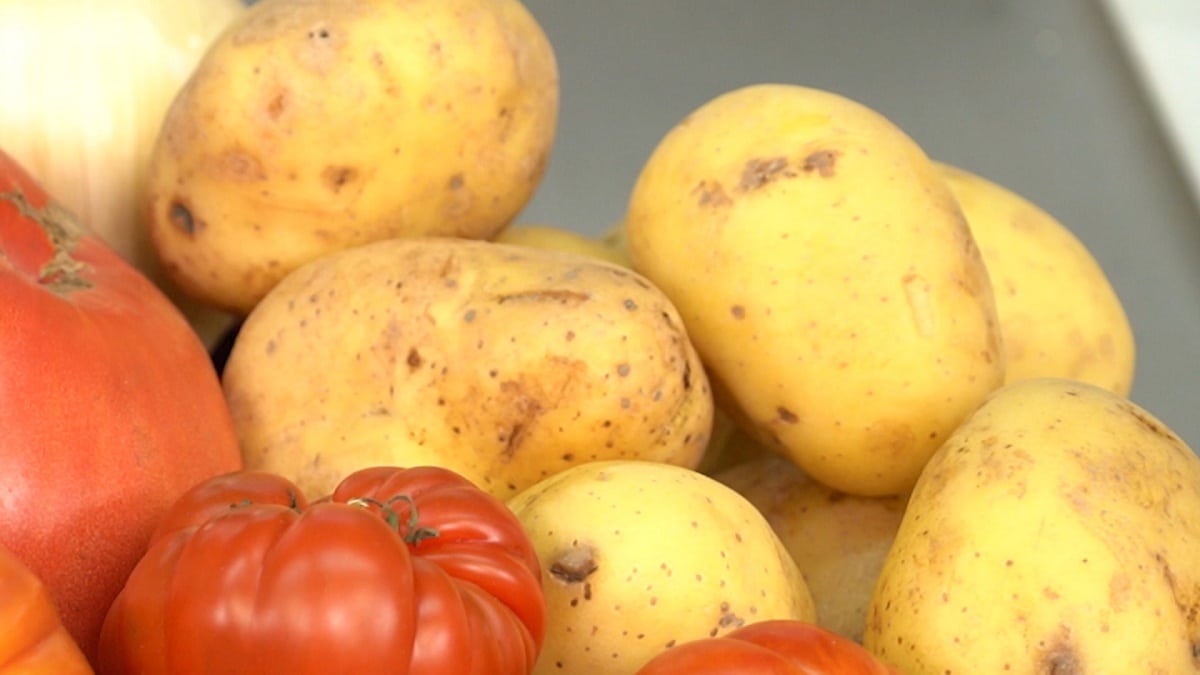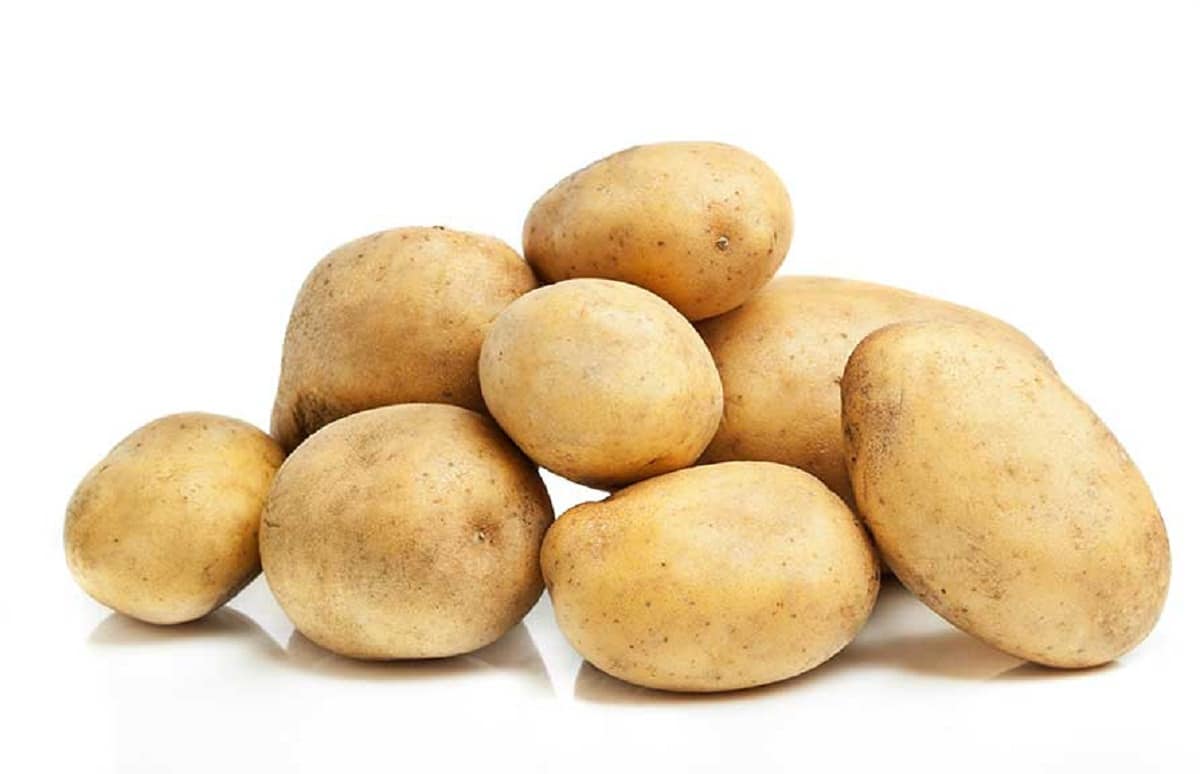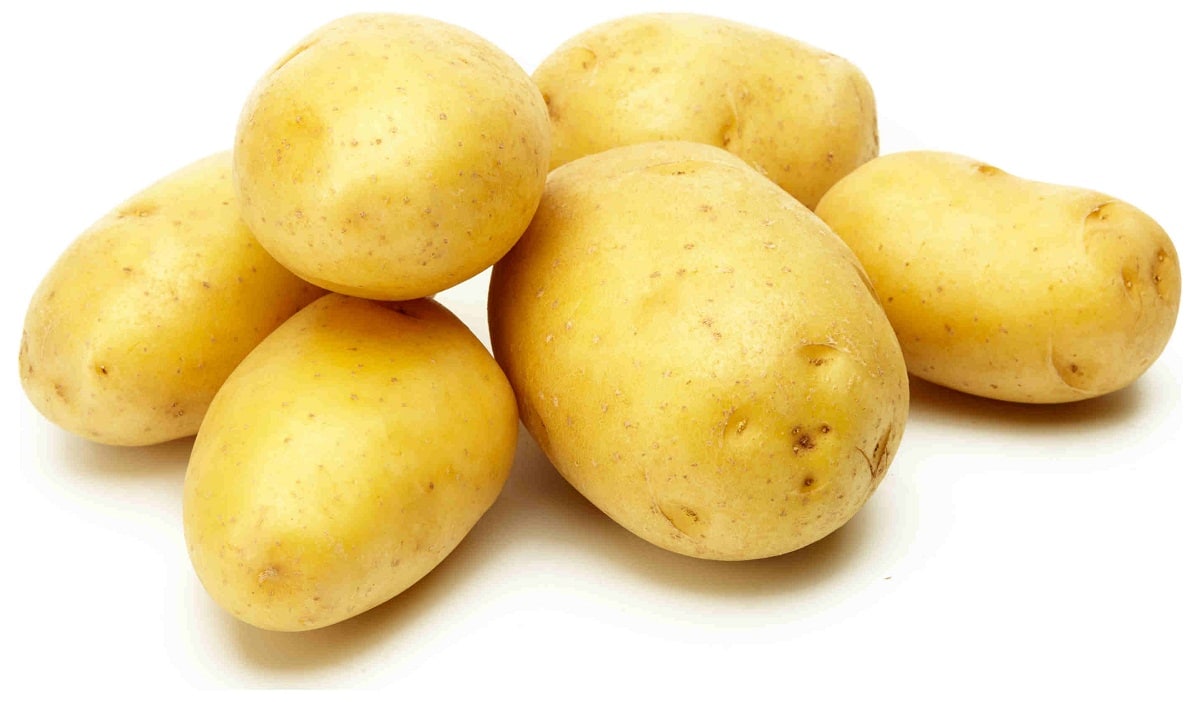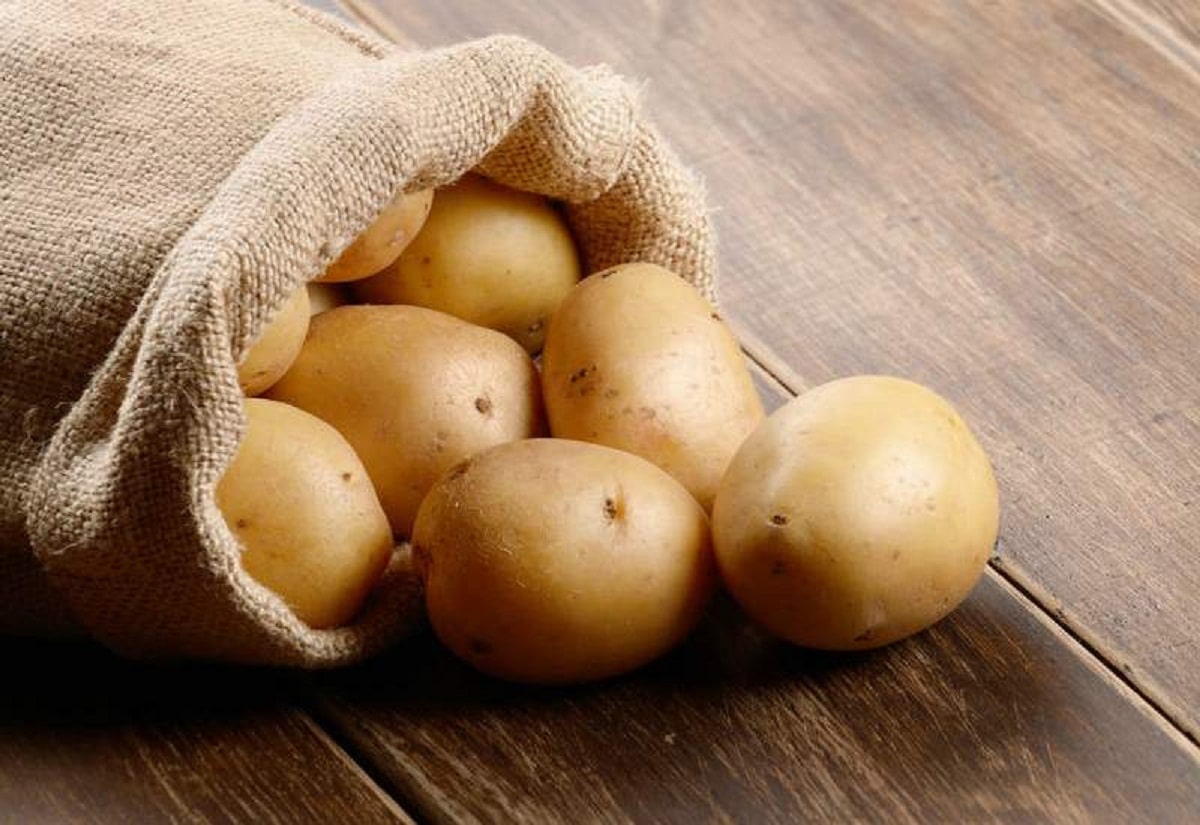
It is more than known that the potato is one of the tubers that is most used in our meals and the one that we consume the most during the year. The Monalisa they can be accompanied with any of our favorite dishes, either fried, boiled or baked or we can simply eat them alone, as a snack or accompaniment, for example with a good beer.
What is the Monalisa potato?

Our weekly diet contains many levels of potatoes and more than anything here in Spain, where according to a Food Consumption report carried out in 2015, each person consumes approximately 26 kilos of potatoes per year, so at the same time the data is obtained that 1,5 percent of the annual budget of each Spaniard is destined to the potatoes, something that undoubtedly marks how important this tuber is for our lives.
In the next article we will talk about the Monalisa potato, one of the most widely used potato varieties and of those that are sold the most around the world, that many times a year is inside your fryer and or your pot. That is why we will try to identify it and comment on its properties.
As we mentioned before, it may be that we do not distinguish the different types of potato when they are presented to us in large baskets in the market, but each one of them bears its name and the Monalisa potato is one of the varieties that, although we do not recognize it by your name, is one of the most widely used due to its versatility and varietyIn addition to being one of the exponents that has less water, something that makes it one of the fundamental potatoes when it comes to cooking.
The Monalisa potato is one of the varieties that go from new to early, which is usually summarized as semi-early due to the speed of its harvest, presents a good yield for the kitchen and shows a smooth skin of a soft yellow color and in its flesh it presents an attractiveness creamy yellow color.
Characteristics and properties
One of the main characteristics of this type of potato called Monalisa is that it contains a large amount of starch, which is why it has one of the smallest amounts of water that a potato can have. something that makes it very convenient for any type of cooking.
It is one of the most recommended when frying, since the low amount of water that we were talking about makes it retain little oil, so they will be seen and will be less oily and therefore more profitable when it comes to cooking. eat some delicious fries now either just to eat them or to accompany some other dish.

For boiling it is also one of the most used and the low level of water it contains also has to do with this characteristic, since it will not only reach the cooking point easier in which it is well creamy, which will save you time, but it will also keep its oval shape well intact, avoiding breakage and managing, for example, to serve a whole potato on your plate at mealtime.
That attractive color that you find when you see Monalisa potatoes in stores, it will be preserved even once you have cooked them, adding an aesthetic value to a meal that will be delicious. For all these characteristics mentioned above, the Monalisa potato is considered a delicatessen or a classy and very special potato variety, which is why it is often said that it is one of the most used and sought after in the gourmet environment, which will detail its use in the cover letters.
History of the potato and the Monalisa potato
To locate ourselves in the origins of this potato, we must first go to the general history of potatoes, which due to its great use and sense of belonging we could think that it is native to the European continent, but this is not the case and it has much more to do with the arrival of our ancestors in America.
At the end of the XV century and after the expeditions that Christopher Columbus carried out and in which he ran into the American Continent, the Europeans who came to these coasts realized that in the Chilean Andes and in very high and stony places cultivated a type of potatoes, which It served as one of the essential foods of the tribes that surrounded the area. The potato was new to the Spanish, but it was nothing new to the native Incas, who apparently cultivated this tuber since approximately 8.000 years before Christ, becoming almost the only type of food that could be obtained in the heights of the Andes. where, for example, the cultivation of corn was not possible.

It was the explorer Gonzalo Jiménez de Quesada who documented the "discovery" of the potato in the year 1537, but it is only in the year 1570 when there is accurate information about the arrival of the potato in Europe. It is from Spain that the potato's path towards all of Europe begins, reaching Portugal, France, Italy, England, Ireland and Holland at the end of the XNUMXth century and the beginning of the XNUMXth century, gradually becoming one of the vitally important livelihoods. , especially back then for the lower classes.
Particularly in Spain the cultivation and consumption of the potato became very strong and it is in a particular area, on the border between this country and France that a different type of potato began to be cultivated, which would later be called Monalisa Potato and that is why it is very popular in the Basque Country, becoming one of the types of potatoes most required and used in that area, with projection throughout the country and the world.
This atata cannot be preserved for long periods of time, since, being one of the types of "early" potatoes, that is, it is harvested only 90 days after being sown, entering its right point, this will also spoil quickly, so it is not a variety to store, but rather to enjoy directly in the days that you get it.